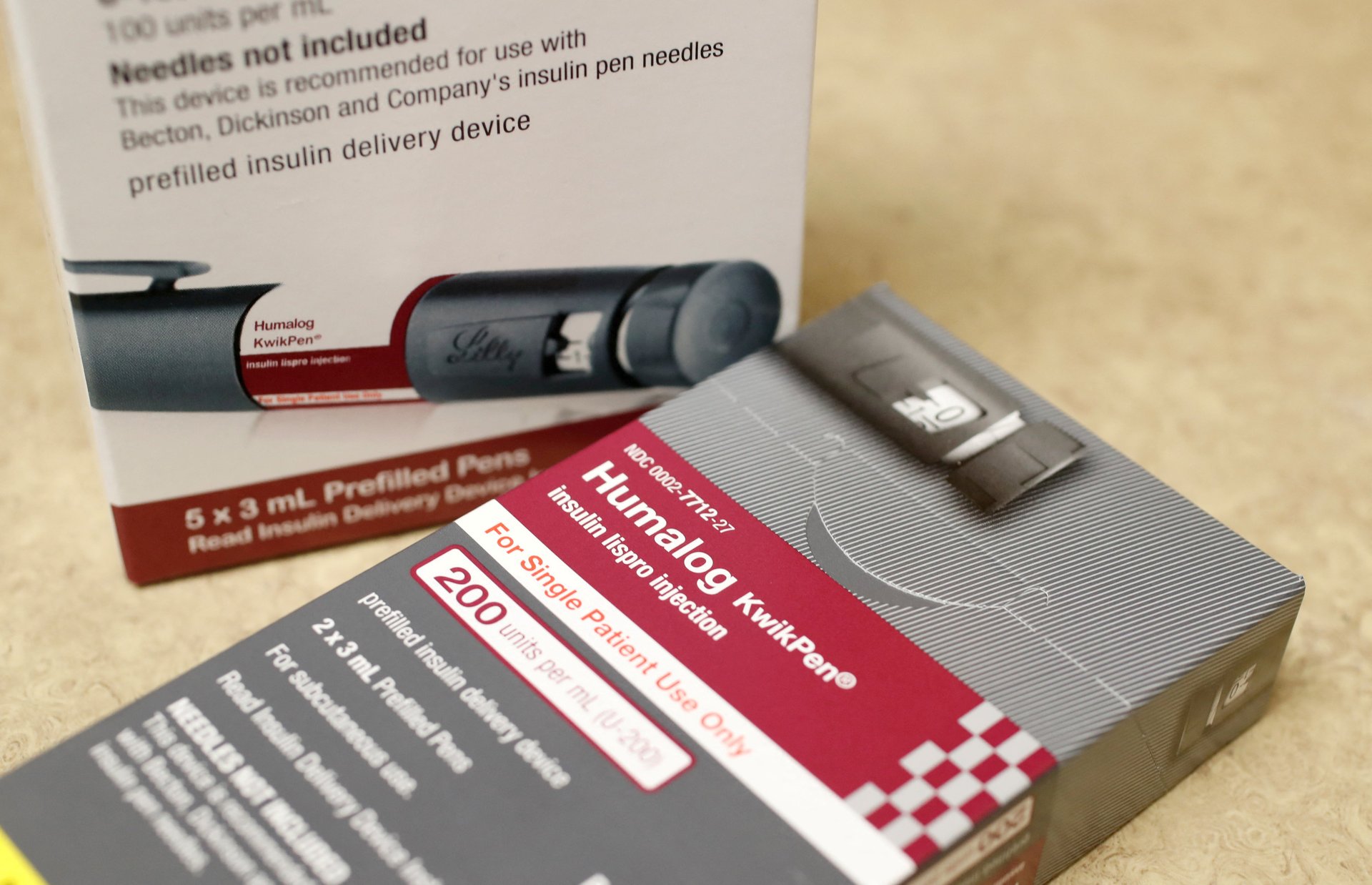Eli Lilly's insulin copay cap doesn't replace the need for government regulation
Voluntary company price setting isn't a reliable alternative to policy

A few months after congress failed to pass an insulin copay cap of $35 for all insured patients, and a few weeks after President Joe Biden once again raised the issue in his State of the Union address, the US’s largest insulin maker Eli Lilly announced Wednesday a series of price cuts for insulin and the copay.
Suggested Reading
According to the company, the reductions will be done on two fronts: The list price of insulin will drop as much as 70%, and copays will be capped for insured patients. Uninsured patients will be offered support so they, too can limit their out-of-pocket spending.
Related Content
This is a more incisive intervention on the price of insulin than Biden’s plan, as it isn’t limited to a copay cap, and it can help Americans suffering from diabetes, in particular those without insurance. But Eli Lilly’s action cannot replace policy initiatives to make sure access to the lifesaving drug isn’t left to the goodwill of pharmaceutical company.
What are Eli Lilly’s price cuts
Eli Lilly makes several insulin products. The price cuts will affect some of them, mostly older formulations of insulin as well as a generic drug. Only patients with high deductibles or high coinsurance percentages will see a significant change, though the lower list price could eventually result in lower premiums for insured patients.
- On April 1, the drug maker will launch Rezvoglar, a biosimilar (like a generic drug, but for complex molecules such as insulin) to competitor Sanofi’s Lantus injection of long-acting insulin. Rezvoglar’s list price will be $92 per pack of five pens, or 78% less than Lantus.
- On May 1, the price of Insulin Lispro, Eli Lilly’s non-branded fast-acting insulin, will go down to $25 a vial. Currently, the vial is priced at $82.
- In Q4, though the company has not specified a date, the most impactful measure should come into effect. The prices of Humalog, a fast-acting insulin and the most commonly prescribed form of insulin, and of Humulin, an intermediate-acting insulin, will be lowered by 70%. Humalog’s price is currently between $275 and $530.
- Newer insulin formulations, such as fast-acting Lyumjev, will continue to be sold at the old listing price.
Further, starting immediately, insured people will be able to purchase insulin at no more than $35 out-of-pocket. This doesn’t apply to people covered by federal insurance programs (so far, the $35 copay cap only applies to Medicare patients). For uninsured patients, the drugmaker has been running a support program that capped the copay at $35 since 2020, but has hardly helped the 1.3 million Americans who had to ration their insulin.
The company has not indicated whether the out-of-pocket cap will still be applicable once the reduced list price is in effect.
What is the catch
Eli Lilly started selling insulin in 1996, and it has kept hiking prices ever since, leading to legal challenges including in Illinois and Texas. According to a Human Rights Watch report published last year, the 2018 sales price for Humalog was 680% higher than it was when the product was launched—an increase more than 11 times higher than inflation.
The company’s ability to slash its prices without consequences for its share price shows, first and foremost, that it can do so. In other words, it is an admission that Eli Lilly has been overpricing until now, putting over a million Americans through unnecessary hardship, not to mention life threatening risk.
It also shows that the public and political pressure to expose the unjustified high prices of insulin in the US—where, even after this reduction, the drug will costs three times as much as in Europe—has had an effect on the drugmaker.
But it also shows that Eli Lilly would rather cut prices at will—and reap the reputational benefits associated with the move—than be subject to government regulations. The company’s CEO David Ricks has framed the price adjustments as a decision made to benefit patients, but that is at odds with Eli Lilly’s recent actions, including funding organizations working against the policy to cap insulin prices.
Biden welcomed the announcement, asking other insulin makers—namely, Sanofi and Novo Nordisk—to follow suit. But it’s important that this new announcement or other similar measures do not distract from the necessity of regulating insulin prices. Otherwise, drug makers are always free to raise the prices of their lifesaving drugs as suddenly as they have lowered them.